
Overview
XTOOLS compliments XROD, RODSTAR, RODDIAG and XDIAG and allows you to quickly calculate important system parameters for an even better system design.

Features
It includes six expert calculation and design modules:
- Polished Rod Picker
- Gas Anchor Designer
- SPM Calculations
- Motor Sheave Sizing
- Tubing Anchor Calculations
- Pump Slippage Calculations
The program uses a unique Interface, shown above, that allows you to easily select the module you want. One or more modules can be opened at the same time and each one has its own printout and unique easy to use input window. This program also provides the ability to perform these calculations in various measurement system such as English, Canadian, and Metric.
SPM Calculator
Use this module to calculate the motor sheave size you need to get the target SPM you want.
Typically, after running RODSTAR to design a new system or to make changes to an existing system, you can use this XTOOLS module to determine what standard motor sheave size you need to get as close as possible to the SPM calculated by RODSTAR.
The program knows what standard sheave sizes are available and uses this information to accurately calculate the sheave size you need and how the SPM will be affected when a standard size sheave is used. This module also calculates the belt velocity, belt length, and V-Belt size you need. Expert knowledge of recommended belt velocity ranges is used to warn you if the belt velocity is too low or too high.
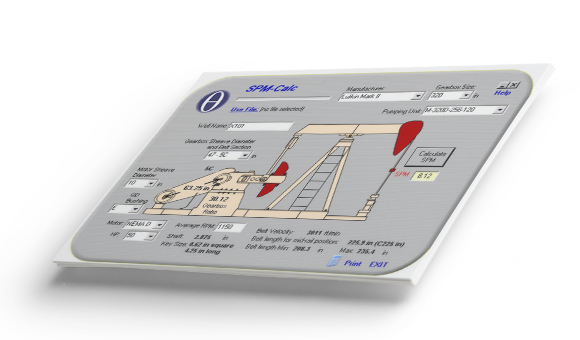
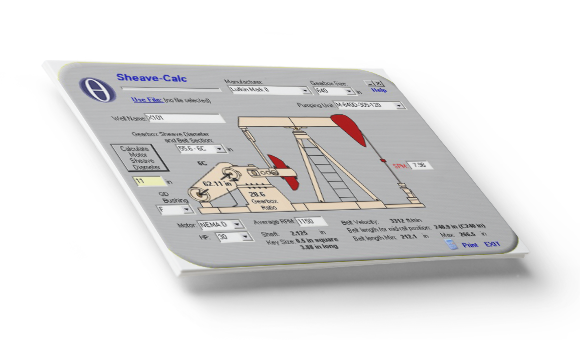
Motor Sheave Calculator
Use this module to calculate the motor sheave size you need to get the target SPM you want.
Typically, after running RODSTAR to design a new system or to make changes to an existing system, you can use this XTOOLS module to determine what standard motor sheave size you need to get as close as possible to the SPM calculated by RODSTAR.
The program knows what standard sheave sizes are available and uses this information to accurately calculate the sheave size you need and how the SPM will be affected when a standard size sheave is used. This module also calculates the belt velocity, belt length, and V-Belt size you need. Expert knowledge of recommended belt velocity ranges is used to warn you if the belt velocity is too low or too high.
Gas Anchor Designer
With this module you can have the program calculate everything you need for a successful Poor-Boy gas anchor installation.
From the SPM, downhole pump stroke (from RODSTAR, XDIAG or RODDIAG), plunger size, and casing size, the program calculates the pump displacement, minimum number of mud anchor slots, the dip tube size you need, the minimum number of dip tube slots, and the dip tube length you need. It also calculates the downward liquid flow rate to ensure it is equal to or less than the target rate you entered.
You can either have the program recommend a design for you, or you enter your own values for dip tube size, and mud anchor size to see what the downward flow velocity will be.
The program warns you that the downward fluid flow velocity is too high by flashing the number in red.
From the SPM, downhole pump stroke (from RODSTAR, XDIAG or RODDIAG), plunger size, and casing size, the program calculates the pump displacement, minimum number of mud anchor slots, the dip tube size you need, the minimum number of dip tube slots, and the dip tube length you need. It also calculates the downward liquid flow rate to ensure it is equal to or less than the target rate you entered.
You can either have the program recommend a design for you, or you enter your own values for dip tube size, and mud anchor size to see what the downward flow velocity will be.
The program warns you that the downward fluid flow velocity is too high by flashing the number in red.
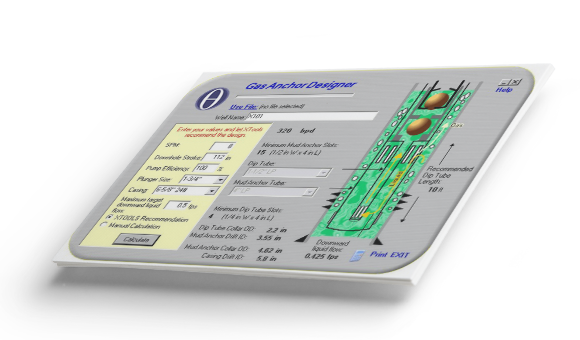
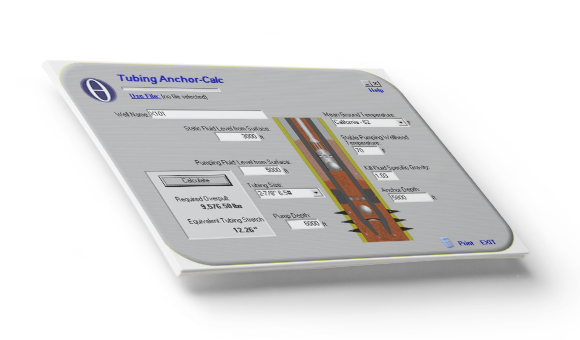
Tubing Anchor Calculator
This module calculates the tubing anchor overpull and equivalent tubing stretch required to correctly set a tension type tubing anchor.
A correctly set tubing anchor helps minimize tubing buckling and rod-tubing wear. This utility uses the calculations recommended by Arthur Lubinski and K.A. Blenkarn in their famous paper titled “Buckling of Tubing in Pumping Wells, Its Effects and Means for Controlling It.”
Since mean ground temperature is a required input for these calculations the program has a built-in list for many locations. If your location is not listed, you can enter your own custom value.
Polished Rod Picker
This module is a tool for selecting a Polished Rod. It calculates polished rod loading using a batch process which offers many different solutions for selecting a polished rod. It can also analyze a single polished rod, which may be used in an existing well, for overloading and recommend alternative options.
This module uses system parameters such as wellbore condition, sucker rod to polished rod coupling compatibility, cyclic loading, and total required polished rod length to recommend or analyze polished rods for your system.
The module comes with a database containing many commonly used polished rods and sucker rods. If you are using a rod that is not in the calculator, you can create a custom rod entry and input the rod specifications in order to use it in the module.
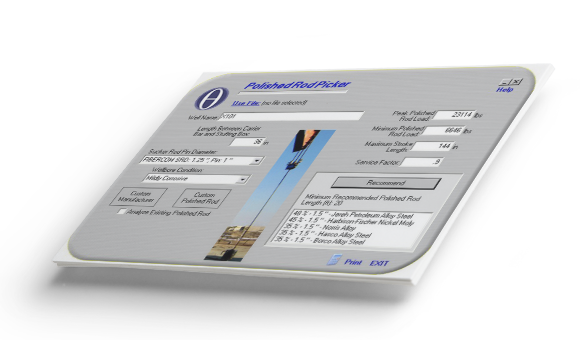
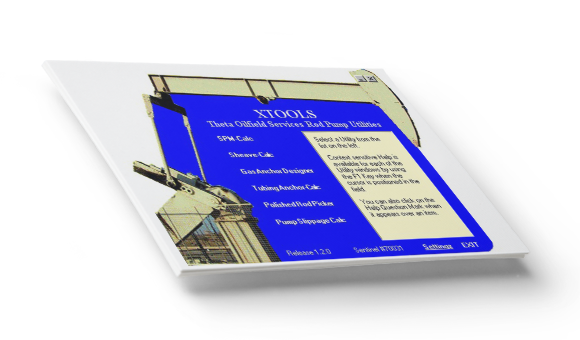
Pump Slippage Calculator
This module calculates pump slippage. Pump slippage is the loss of production caused by fluid passing the plunger through the clearance between the plunger and barrel.
Not only does this module works for full pumps, but it also has the power to calculate slippage in pumps under different conditions such as fluid pound and gas interference.
Input for this module include specific pump specifications which allow it to be used for virtually every linear reciprocating pump.
Documentation
Related Products
Well Monitoring Equipment used frequently with XTOOLS
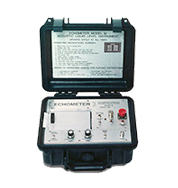
Model M
A portable dual-channel strip chart recorder that uses acoustics to obtain the distance to the liquid level in the casing annulus of a well.
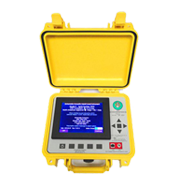
Model H
A stand alone, battery powered microprocessor controlled digital acoustic signal processor, recorder and display unit.
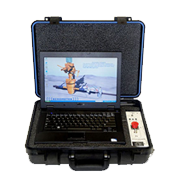
Well Analyzer
The Well Analyzer is a computerized instrument for acquiring liquid level data, acoustic pressure transient data, dynamometer data, and motor power / current data.

